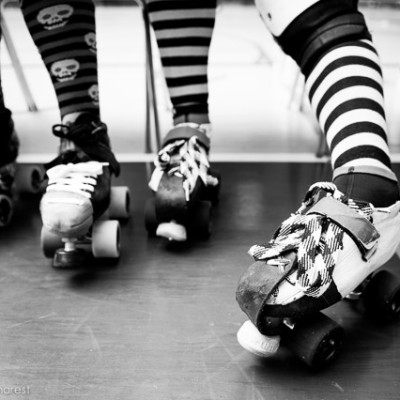
If you follow me on Facebook or get my newsletter you know that I love Weight Plates and Rollerskates, an excellent fitness blog written by Lilith NoFair of “the other” TCRG, Tri-Cities Rollergirls from Ontario, Canada. Lilith (aka certified Personal Trainer Laura Wombwell) runs How We Roll Fitness, bringing a trainer’s background to derby athleticism. She’s here for a two-part series on getting what she calls the Big Rocks in your training. Fasten your seatbelt for this mega-post, and get out a notebook, cause NoFair’s got a goldmine of information coming down your internet pipes!
*photo courtesy of my favourite skate shop, Rollergirl.ca!
Enter Lilith NoFair…
If you’re a regular reader of Booty’s blog, you’re already pretty awesome. You’re probably already cross-training, you might even be wondering how to step up your cross-training game by lifting some heavy stuff. You know that having greater muscle mass burns more calories at rest; you know that the better shape you’re in now, the better your quality of life will be as you age; and (on the derby front) you know that resistance training will reduce your risk of injury, and make you more resilient if you do get injured. You know these things. And you almost certainly have all the enthusiasm in the world for your training, both on-skates and off. But from time to time, you might find yourself wondering,
“How on earth am I going to find the time to go to all of my practices, cross train like a boss, and still find time to work my day job and see my family?”
Our growing interest in serious athletic training to suit the needs of our sport is awesome, but the majority of us still have to hold down a 9-5, which leaves little time to train, plan, and execute the way we need to. In my own life just answering my derby emails can seem like a workout, so it’s important that my time in the gym is as efficient as possible. So, when it comes to weight training, where do you even start? Alwyn Cosgrove, a pretty cool dude in the fitness industry, talks a lot about the “Big Rocks” theory – the theory being that if you fill up your jar (training time) with sand and gravel (isolative exercises like bicep curls or triceps kickbacks, or single energy system work (like running on the treadmill for hours), you fill up the jar quickly. If you put the big rocks in the jar first (compound, whole body movements), the space for smaller rocks will present itself. The key, no matter how much time you have, is structure. If you focus on the “big rocks” of training and learn to prioritize, you can get a great cross-training session in no matter how crazy your schedule becomes.
“Absorb what is useful, reject what is useless, and add what is specifically your own.” – Bruce Lee
So, what are the “big rocks”? And how do you use them to your advantage? Well, the big rocks are your basics – big, compound movements that challenge more than one muscle group. Just like learning to skate, you want to be brilliant at the basics before you move to greater challenges. If you can do that, there’s a 99% chance that you’ll experience better results, regardless of what your goals are. I’ll say it again, KEEP YOUR TRAINING SIMPLE Derby is complicated enough, your training outside of derby needn’t be. You can break down the big rocks into 7 essential movements:
- Push – This can be a vertical push (like a military press) or a horizontal push (like a push-up or a bench press).
- Pull – Again, can be vertical (like a pull-up or a lat pull-down) or horizontal (like a row).
- Squat – This can be any one of a million variations (box, goblet, plie, 1-leg, isometric, and so on ). Pick the level of challenge and style that’s right for your goals.
- Hinge – A hip-dominant movement (like a glute bridge, hip thrust, deadlift, or kettlebell swing).
- Single Leg – Can be stationary or moving (try step-ups, 1-Leg RDLs, lunges of various directions, split squats, rear foot elevated squats).
- Gait – Something that gets you moving, with an element of challenge (heavy carries, sled pushes or drags).
But NoFair, what about my killer Abz? When do I get to train those? Couple of options – you can have a dedicated “core circuit”, though if you’re low on time all of those compound movements we talked about will target your core at the same time as your other large muscle groups. If you want that core workout, here are some ideas that are better than crunches: planks, side planks, pallof presses, stability ball rollouts, leg lowers, birddogs, half kneeling chops and lifts, bodysaws – basically anything that gets you to resist flexion, extension, or rotation in your trunk.
– – – –
Booty here again – as if that insight wasn’t already enough, in Part 2 of this post, Lilith NoFair tells you exactly how to plan a Big Rocks training session, and how to prioritize your training time overall. In the meantime, examine your own routine. Are you hitting the Big Rocks? Are you finding a mix of the 7 essential movements? See what you can add (and remove!) from your routine to make you stronger, more efficient, and ready to add weight to your program.
‘Til next time!
xo Booty Quake
PS: If you were curious, Lilith NoFair is aka Laura Wombwell, UGPT, FMS, PN1, HKC (so many letters!)

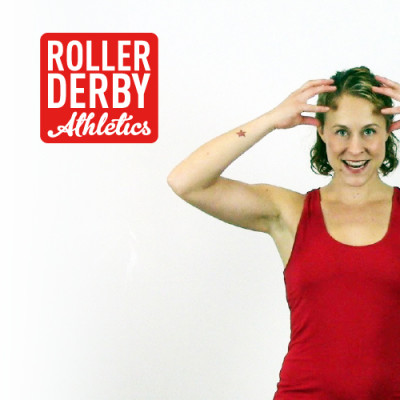 PreHab: How to Reduce Concussions
PreHab: How to Reduce Concussions 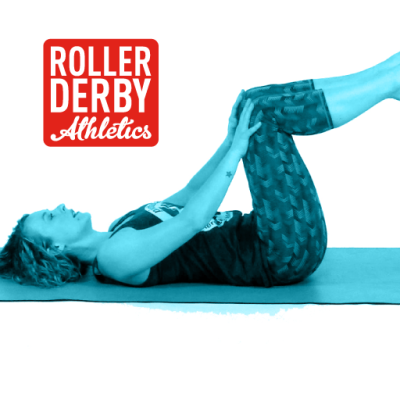 Pre-Hab: How to Engage Your Core
Pre-Hab: How to Engage Your Core 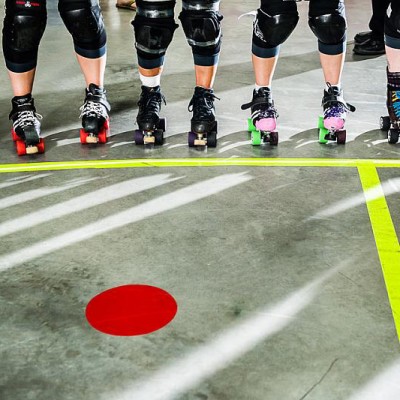 Fresh Meat – You Got This!
Fresh Meat – You Got This! 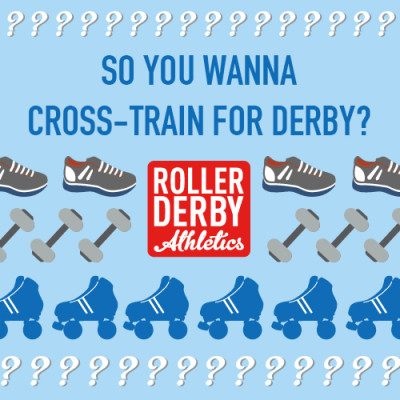 Cross-Training for Roller Derby: A Primer
Cross-Training for Roller Derby: A Primer 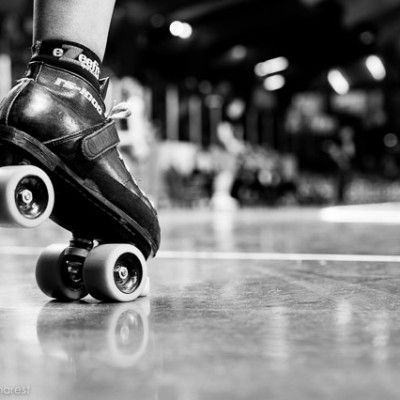 Go From Benchwarmer to MVP with the 1% Secret
Go From Benchwarmer to MVP with the 1% Secret